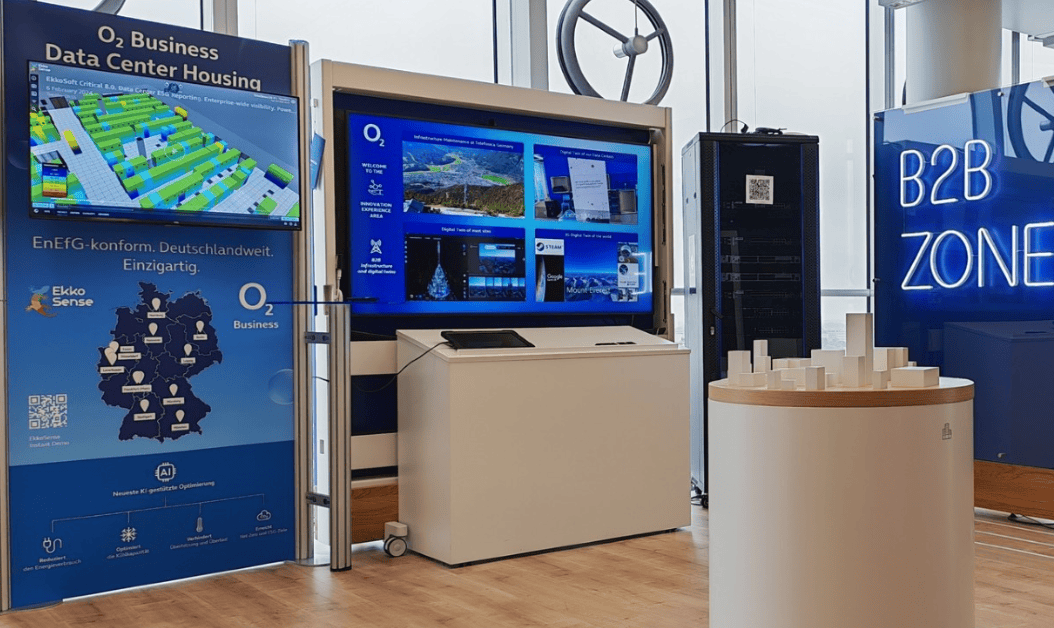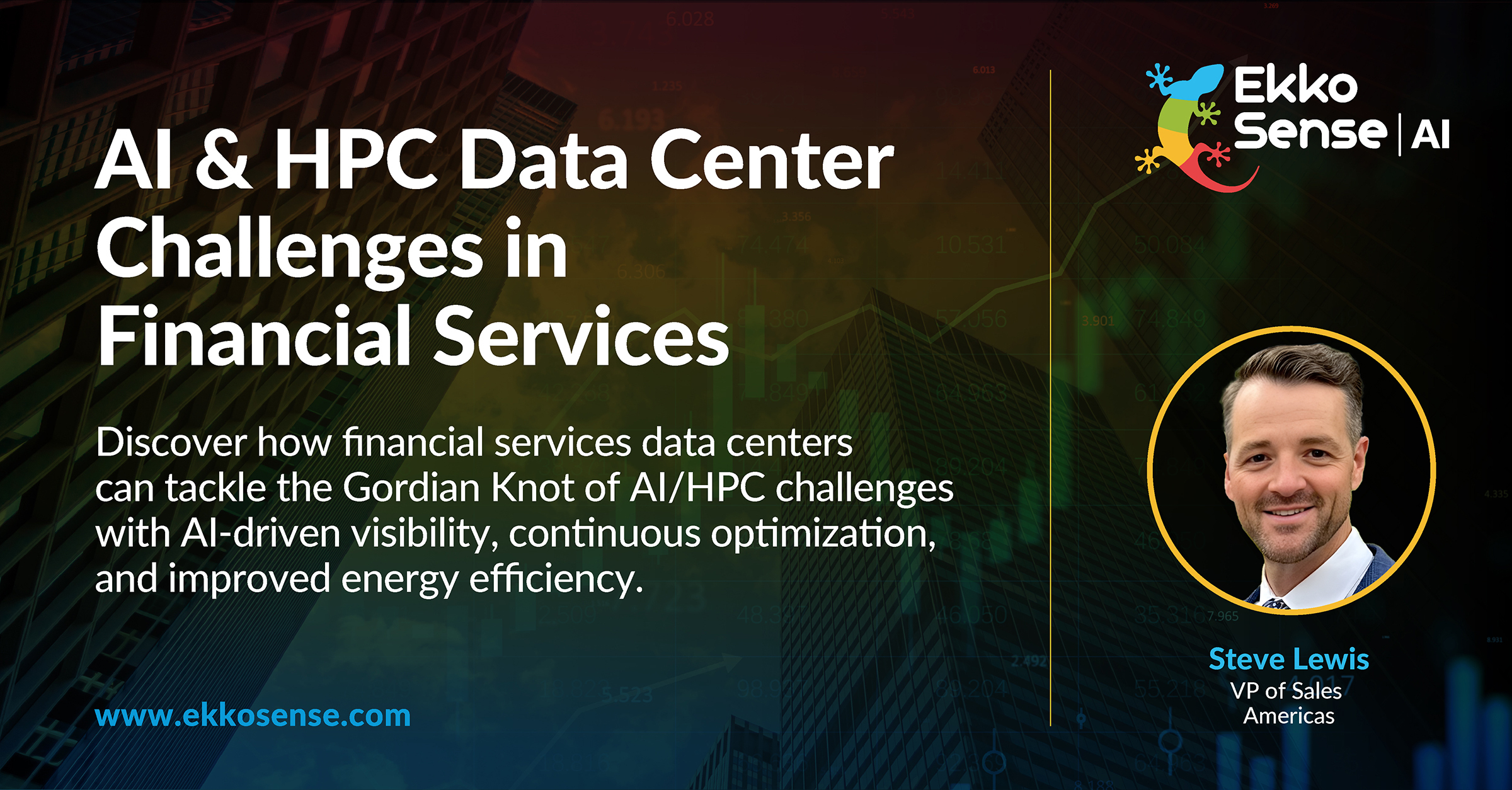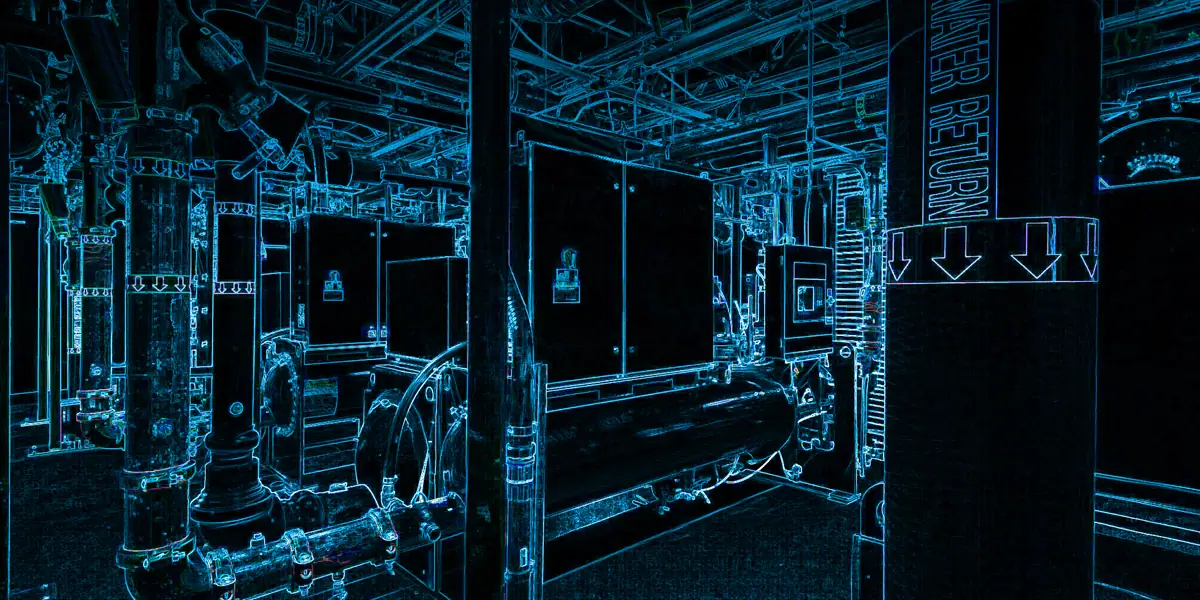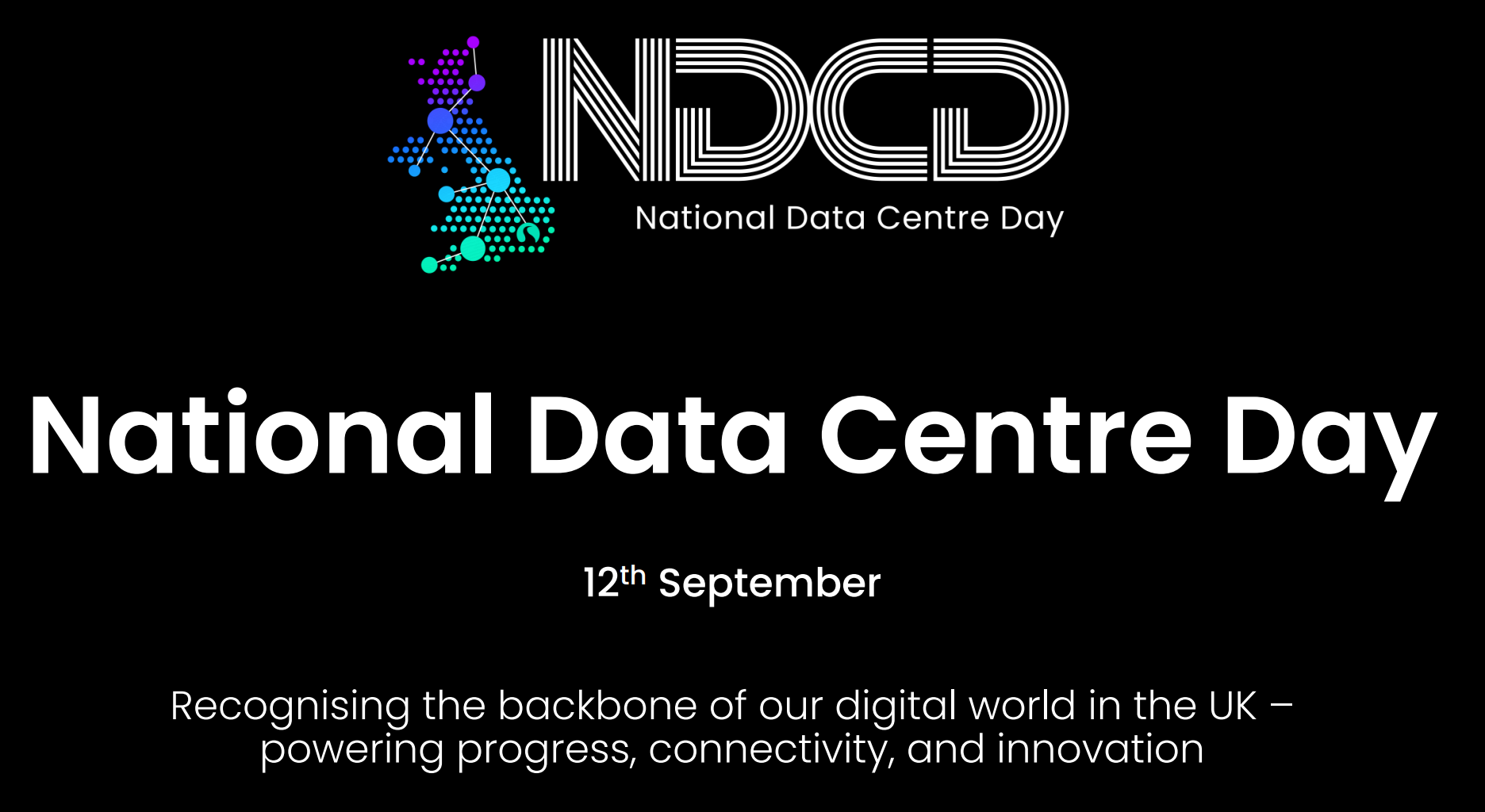Financial sector data centre management
DCD Connect Virginia 2025 Round Up
Telecom data center news: EkkoSense features in O2 Telefónica’s Innovation Experience Area
AI & HPC Data Center Challenges in Financial Services
The future of data centres in Singapore
Connect with EkkoNet Global Partners
Internationally recognized consulting and knowledge base, universally trusted delivery solutions, world class regional support.
Talk to an EkkoSense Expert
Get in touch with questions, sales enquiries or to arrange your free demonstration.







